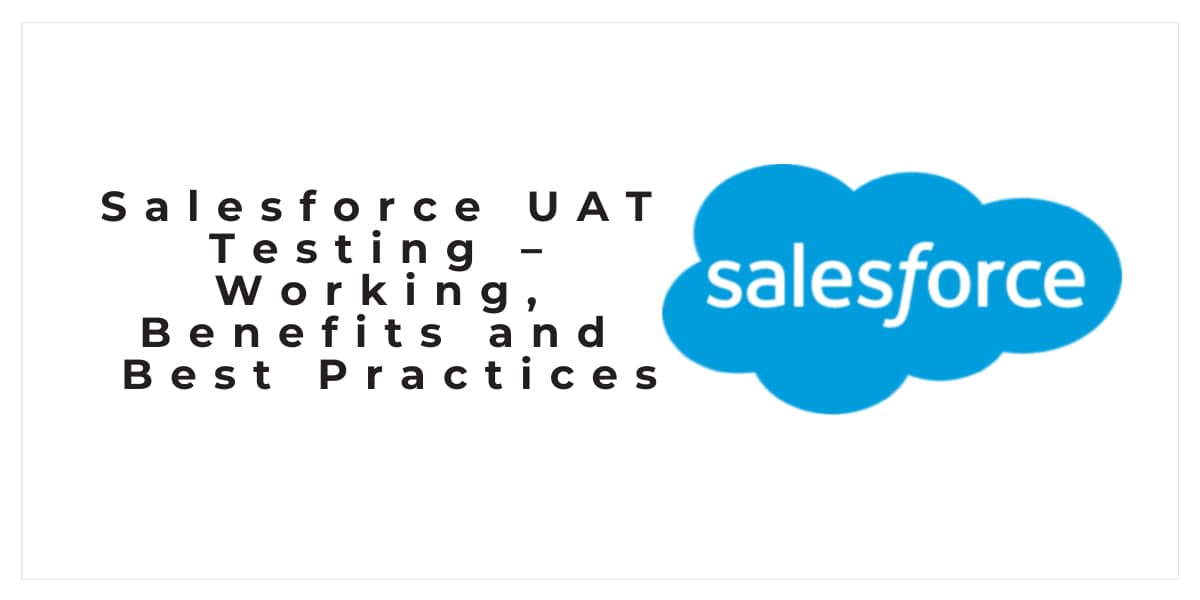Without a question, Salesforce is the best cloud-based customer relationship management (CRM) tool available. Along with its many benefits, Salesforce UAT Testing can help you better understand your consumers and increase their happiness, which will inevitably lead to the expansion of your business. Businesses search for more complex and effective solutions to guarantee the quality of their Salesforce projects as Salesforce becomes an increasingly important test automation tool.
Performing tests is crucial. Bugs are probably there given the complexity of Salesforce and its sophisticated customization features. The objective is to make sure that you can find and correct any problems before deploying your Salesforce solution into production.
UAT, commonly referred to as user acceptance testing, is a crucial testing kind for contemporary software developers and quality assurance specialists. The main goal is to assess if the project meets the needs and expectations of real users.
What is UAT?
Before an application is live in production, end users test it to see if it complies with performance criteria (UAT). Late in the development cycle, UAT is performed, and the test cases that are produced are representative of real-world events. The entire procedure takes place in a special testing environment using data that is comparable to what actual consumers are likely to see.
How UAT works and its benefits
- Planning: Examining the business needs is the first stage. Having a clear understanding of the goal and the results you hope to achieve can help you create the best test approach. You will specify the tools, the required number of hours, the primary deliverables, etc. during this stage.
- Making test cases: Using the specifications from the previous phase as a guide, construct test scenarios and test cases. These deal with the fundamental features of your Salesforce project.
- Setting up a proper UAT test environment that will match the production environment and contain real-world data is the first stage in this process. You must teach your testers how to utilise the environment when it is prepared so they can test the application effectively.
- Executing the tests: After the environment is ready, run the test cases you previously defined. Every result is documented, and any problems need to be corrected before another test.
- Analysing the result: The final step is to examine the result. The application's suitability for usage in the actual world and compliance with business criteria will then be determined.
The following recommendations will help you maximise user acceptability testing in your Salesforce project.
- Assemble a productive team for user acceptability testing: Carefully consider who will do the tests before deciding.
- Train your UAT testers: Testers need to be fully aware of the user acceptance testing's objectives.
- Be adaptable: Although test cases provide detailed instructions, testers shouldn't be prevented from veering somewhat from them.
- Utilize useful UAT tools: UAT testing might be difficult. Utilizing instruments that will enable you to streamline the procedure and boost its effectiveness is strongly advised.
Conclusion
Opkey is the market's most user-friendly packaged application testing solution. Set aside any knowledge of test automation. Opkey uses a tool that is so user-friendly that anybody in your business can use it to speed up migrations, implementations, and upgrades. This is a test automation tool like you've never seen before. 250+ multinational companies now use Opkey to automate their ERP testing.








